RADIUM AGE ART (1904)
By:
February 15, 2024
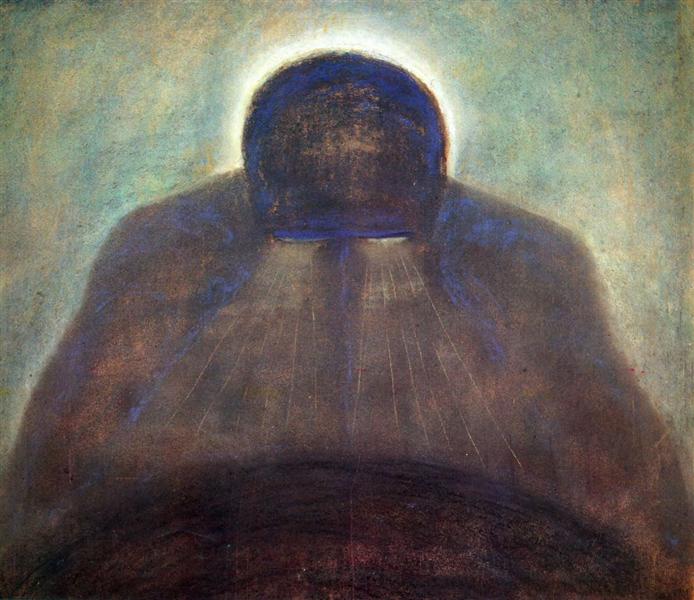
A series of notes regarding proto sf-adjacent artwork created during the sf genre’s emergent Radium Age (1900–1935). Very much a work-in-progress. Curation and categorization by Josh Glenn, whose notes are rough-and-ready — and in some cases, no doubt, improperly attributed. Also see these series: RADIUM AGE TIMELINE and RADIUM AGE POETRY.
RADIUM AGE ART: 1900 | 1901 | 1902 | 1903 | 1904 | 1905 | 1906 | 1907 | 1908 | 1909 | 1910 | 1911 | 1912 | 1913 | 1914 | 1915 | 1916 | 1917 | 1918 | 1919 | 1920 | 1921 | 1922 | 1923 | 1924 | 1925 | 1926 | 1927 | 1928 | 1929 | 1930 | 1931 | 1932 | 1933 | 1934 | 1935 | THEMATIC INDEX.
In my periodization scheme, 1904 is the first “actual” year of the sf genre’s emergent Radium Age. The years 1900–1903 are an interregnum of sorts between the Radium Age and the earlier Scientific Romance period.
Dating Fauvism to c. 1904 (and Expressionism to c. 1905) helps support HILOBROW’s periodization schema wherein 1904 is the first year of the cultural decade known as the Nineteen-Oughts.
Triumphal Cézanne show at the Salon d’Automne. All the young painters, led by Picasso, go to the Grand Palaid to learn how Cézanne went beyond Impressionism. He tells Emile Bernard that nature must be penetrated to its depth, its internal dimensions rendered.
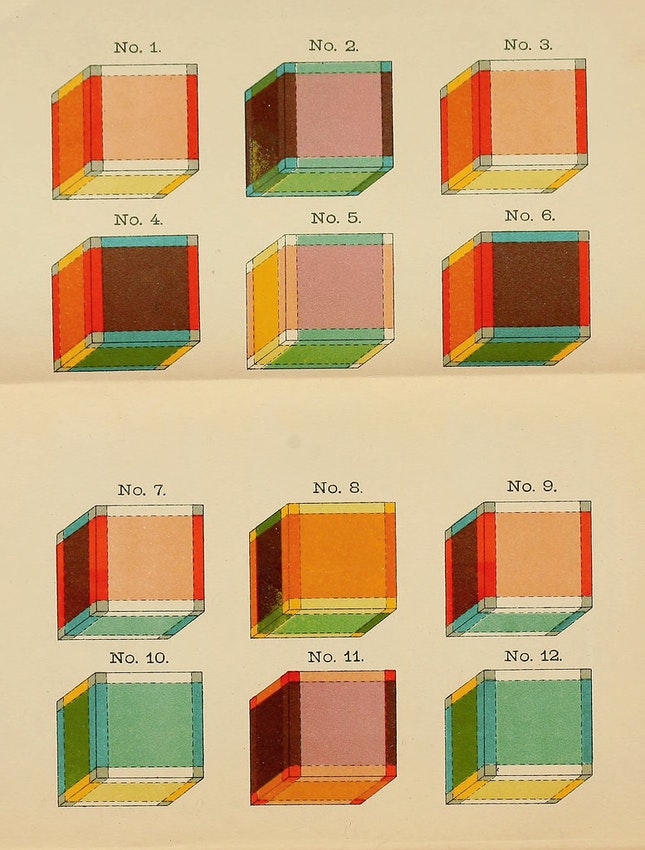
Charles Howard Hinton’s The Fourth Dimension published this year. See more below.
Brancusi leaves Munich for Paris.
William James’s groundbreaking essays on “pure experience” are published in 1904–5. See more below.
Kandinsky;s Phalanx Group dissolves.
Léon Denis’s Dans l’invisible of 1904 compares spirit photographs to x rays; the photographic plate is described as “ce regard ouvert sur l’invisible” — and an invisible reality beyond sense perception would preoccupy spiritualists, Theosophists, scientists, and modern artists alike.
Rudolf Steiner’s Theosophy: An Introduction to the Spiritual Processes in Human Life and in the Cosmos. Also Steiner’s How to Know Higher Worlds (1904–5); and the lectures (1904–1908) that will become Cosmic Memory (about Atlantis, among other things).
Hilma af Klint joins the Theosophical Society Adyar in 1904.
Radium provided new scientific evidence for the claims of occultists, and in France the Rosicrucian Sr Péladan published his ideas on the subject in a 1904 article in Mercure de France, “Le Radium et l’hyperphysique. Defining “hyperphysics” as “the study of supernatural phenomena,” Péladan found in the then-current hypothesis of the radioactivity of all matter an explanation for the “relations between spirit and body, the relations between ourselves and others, and the relations between the individual and the group.” Henderson suggests that Péladan’s 1904 article may be the source of Gleizes’ and Metzinger’s Cubist association of Fraunhofer lines with “the indefinite” in their Du Cubisme (1912). (Like x rays, Fraunhofer lines — see Doyle’s The Poison Belt — are signs of the invisible and confirm that reality is more complex than positivist science can discern.)
Picasso moves into the so-called Bateau-Lavoir (Max Jacob is the one who likened the misshapen and unsteady building to a washerwomen’s boat) in Paris — a crappy studio apartment in a dangerous neighborhood, but one that has been home to many painters, from Van Gogh to Toulouse-Lautrec.
1904 marks the beginning of Picasso’s (1904–1906) Rose Period, one obsessed with circus performers. His harlequins’ long bodies, pale skin, and tight-fitting bodysuits remind me of Ziggy Stardust.
In a 1921 essay, Emile Bernard would recall a 1904 conversation he had with Cézanne about how best to depict the world in art. Cézanne had insisted that one “must make a vision for oneself” — he also uses the terms “optic,” “logical vision,” and “personal apperception.” What he appears to be saying is that an artist should develop a unique, rigorous method of perceiving and depicting the world — a method that is neither entirely objective nor subjective. “Is it a case of our [subjective] nature or [objective] nature itself?” Bernard demanded. “It is a case of both,” Cézanne replies. (See more of this exchange in Herschel Browning Chipp’s Theories of Modern Art.)
In 1904, Aleister Crowley married Rose Edith Kelly and they honeymooned in Cairo — where Crowley claimed to have been contacted by a supernatural entity named Aiwass, who provided him with The Book of the Law, a sacred text that served as the basis for Crowley’s religion Thelema. Announcing the start of the Æon of Horus, The Book declared that its followers should “Do what thou wilt” and seek to align themselves with their True Will through the practice of ceremonial magic.
I’ve suggested elsewhere that the Radium Age of proto-sf begins in 1904, in part because Wells’s 1904 novel A Modern Utopia would spark a cottage industry in dystopian proto-sf satirizing aspects of this novel in particular. See, for example: G.K. Chesterton’s The Napoleon of Notting Hill (1904), E.M. Forster’s The Machine Stops (1909), Max Beerbohm’s “General Cessation Day” (1912), Victor Rousseau’s The Messiah of the Cylinder (1917), Edward Shanks’s The People of the Ruins (1920), etc.
See: RADIUM AGE: 1904.
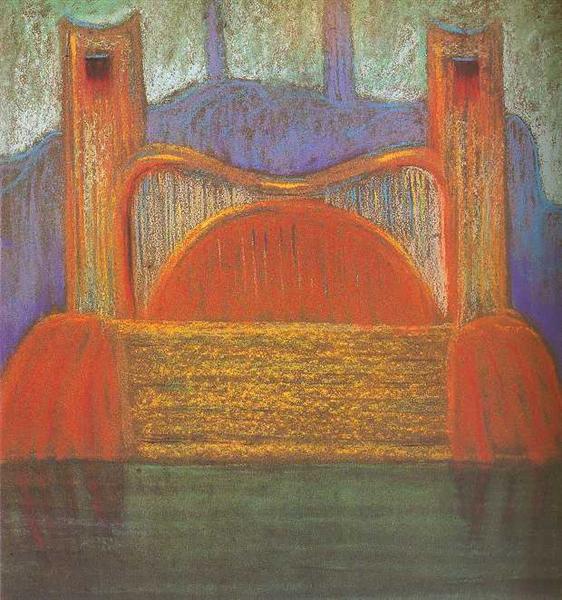
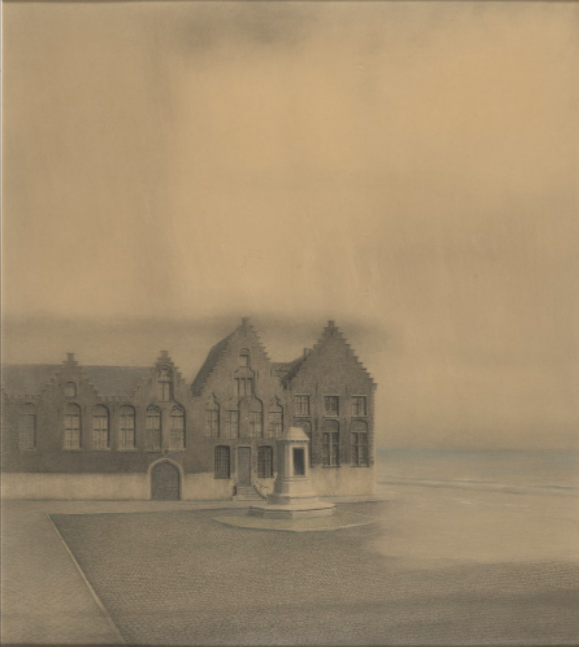
As noted previously in this series, the Symbolist movement in literature and the arts is a reactionary one — a reaction against the positivism and utilitarianism of the Enlightenment. The Symbolists predicted — devoutly wished for — catastrophe, an utter destruction of bourgeois, Progress/efficiency-obsessed society and culture. After a period of wars and great suffering, a new, spiritually higher era for humankind would commence.
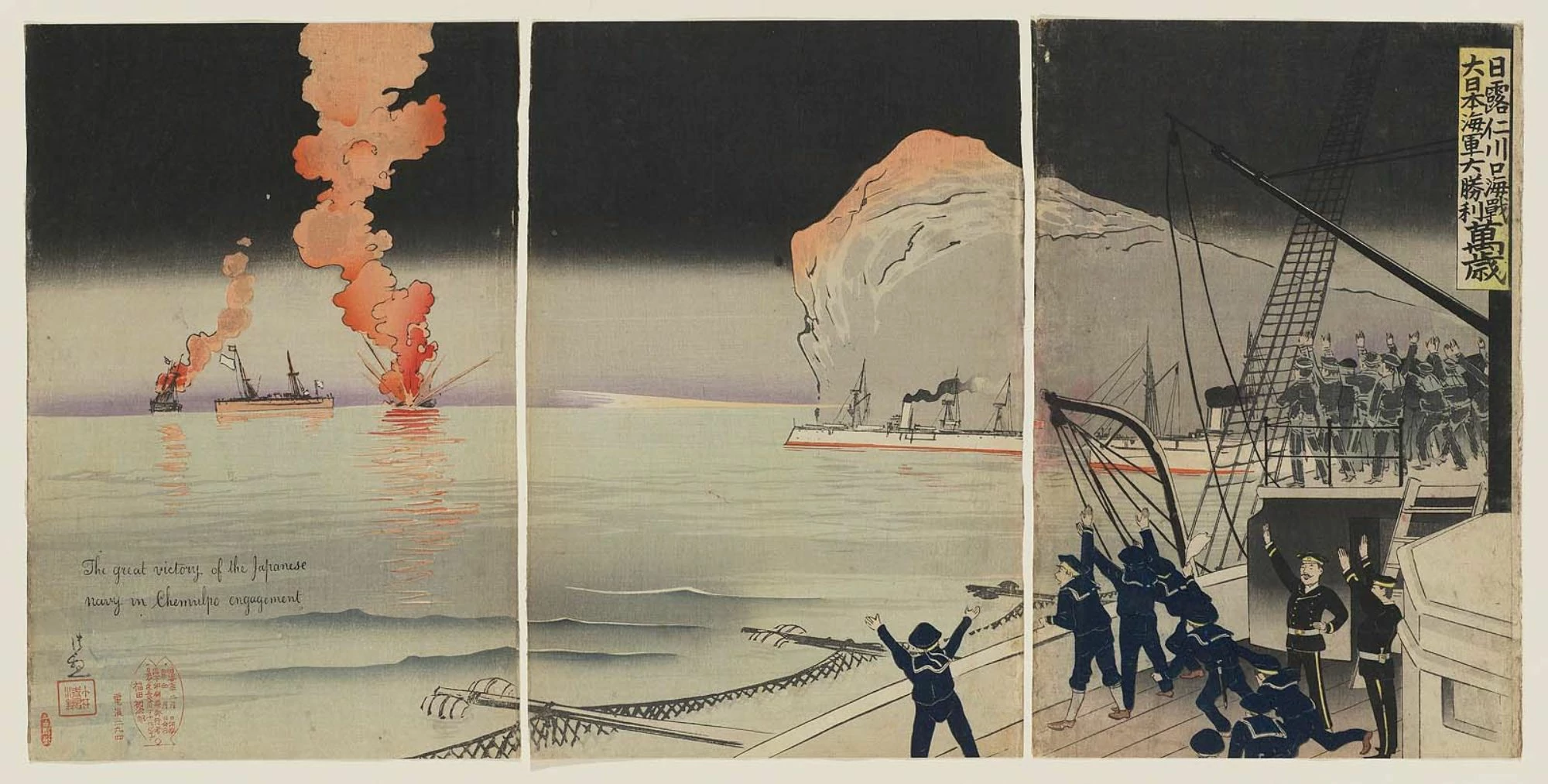
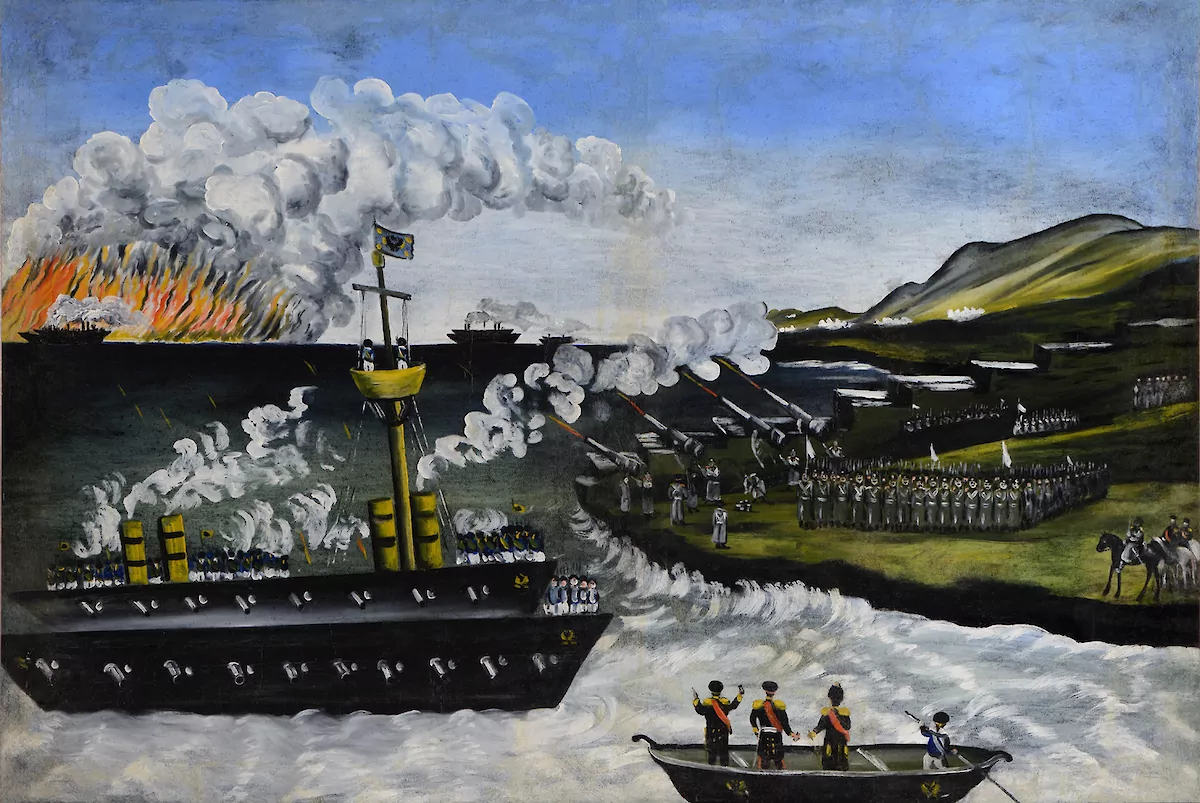
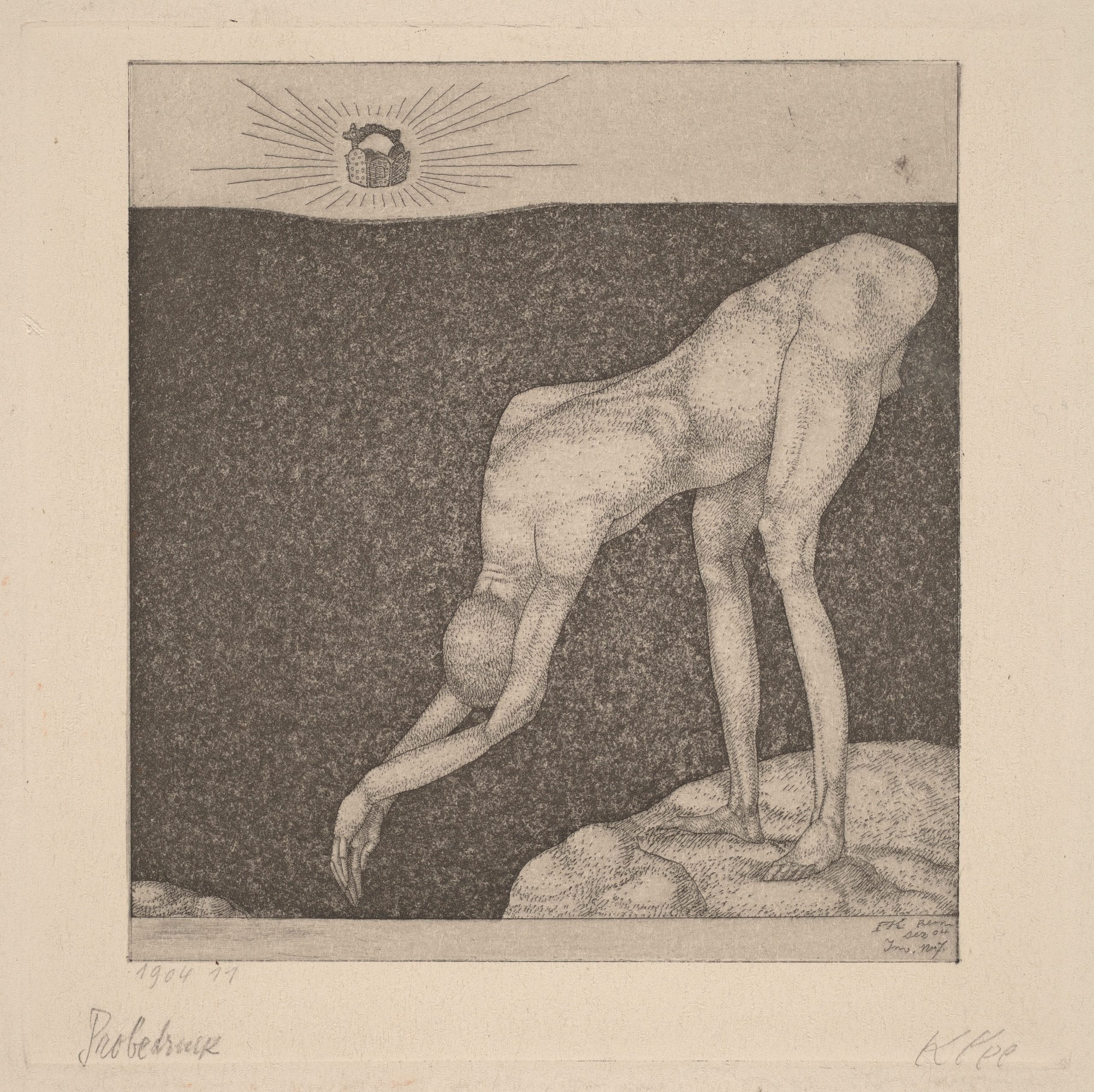

Čiurlionis belongs to European Symbolism as a follower of the spiritual ideas of the movement, loyal to the movement’s themes and motifs and symbolic treatment of his subject matter. He was especially close to one particular trend in Symbolism, which spread across Russia, Poland and Scandinavia, pursuing the metaphysical dimension through the depiction of nature. This was the tradition of Nordic Neo-Romanticism, a considerable influence on the cultural milieu of early 20th-century Poland and Russia.
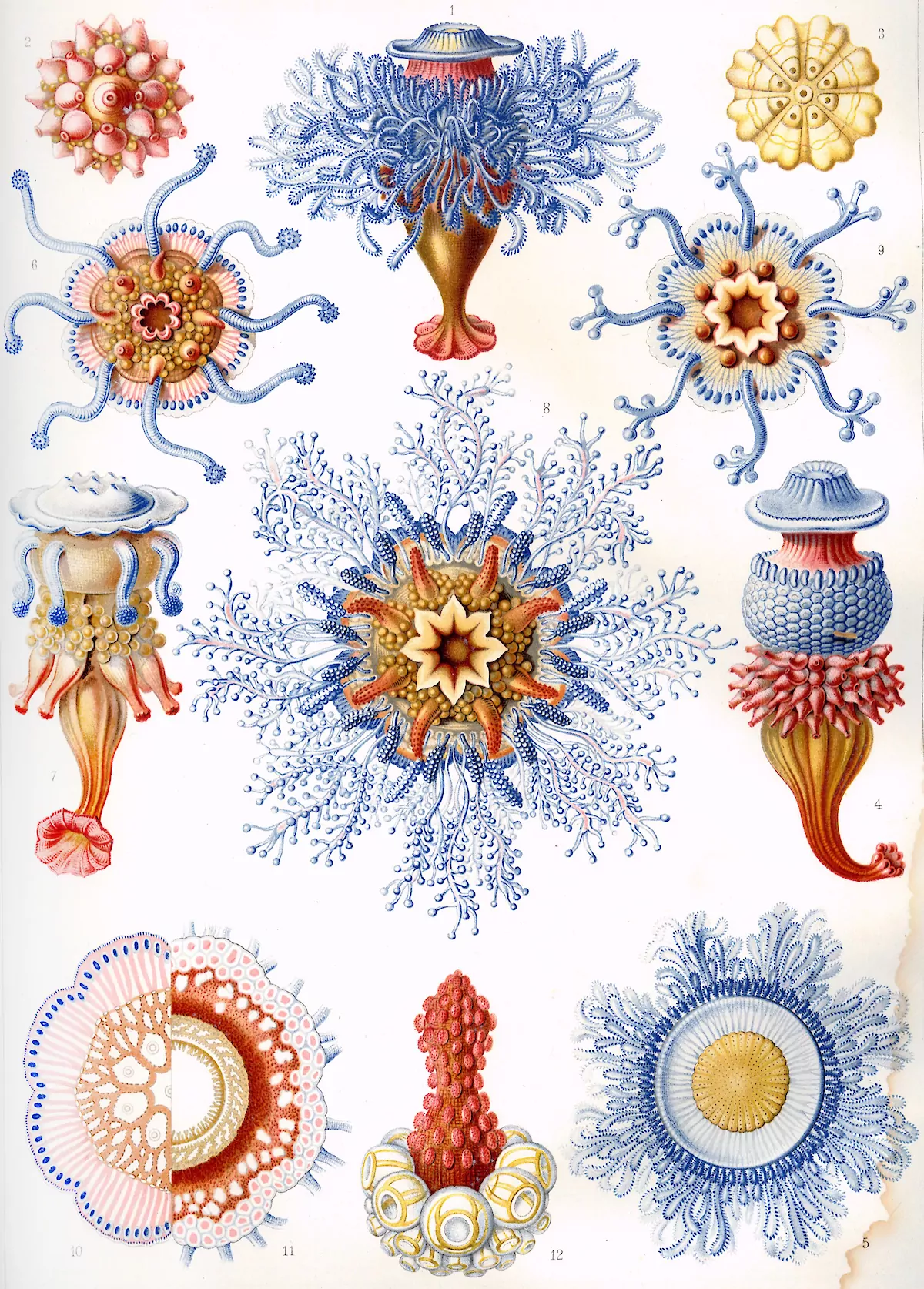
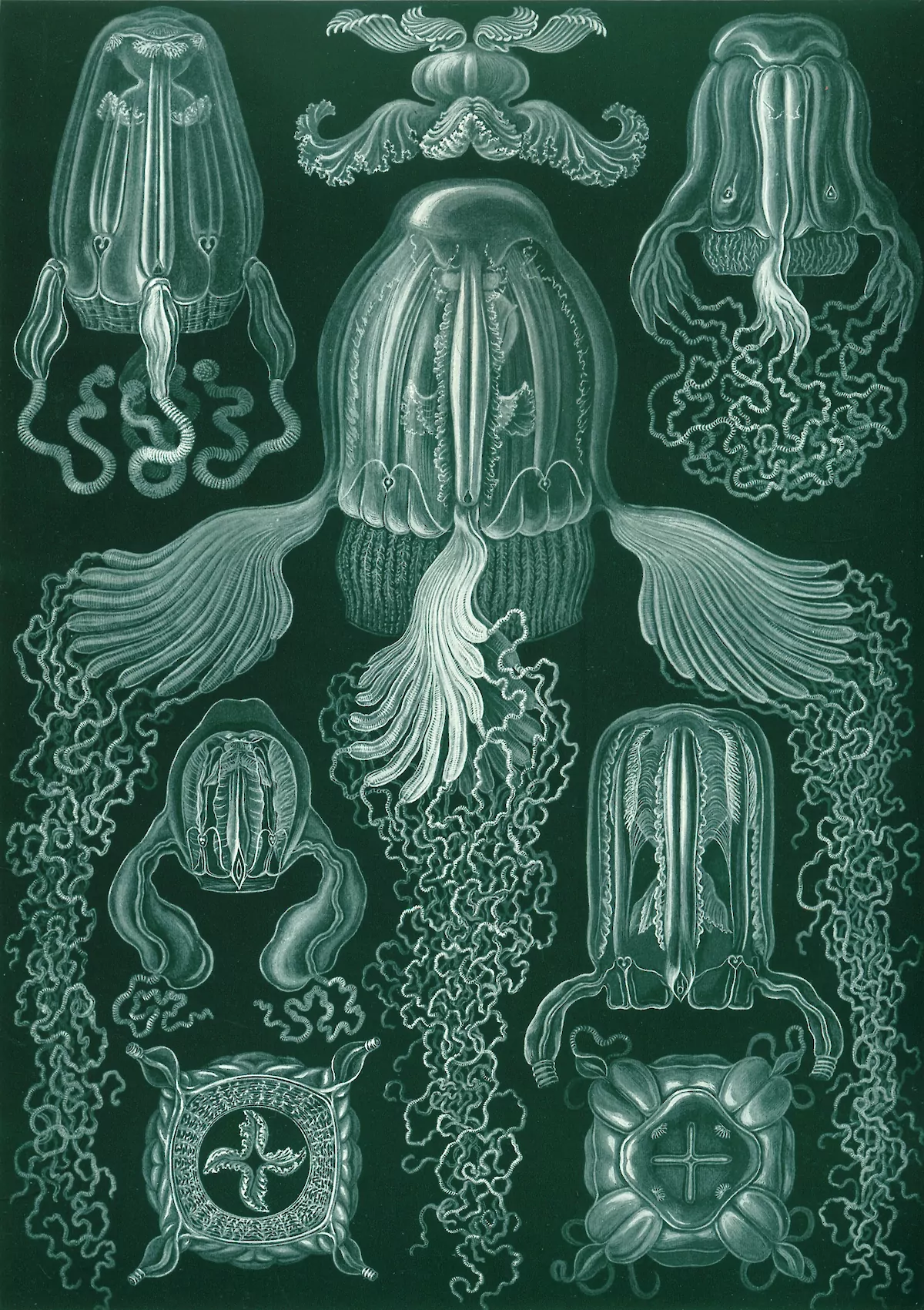
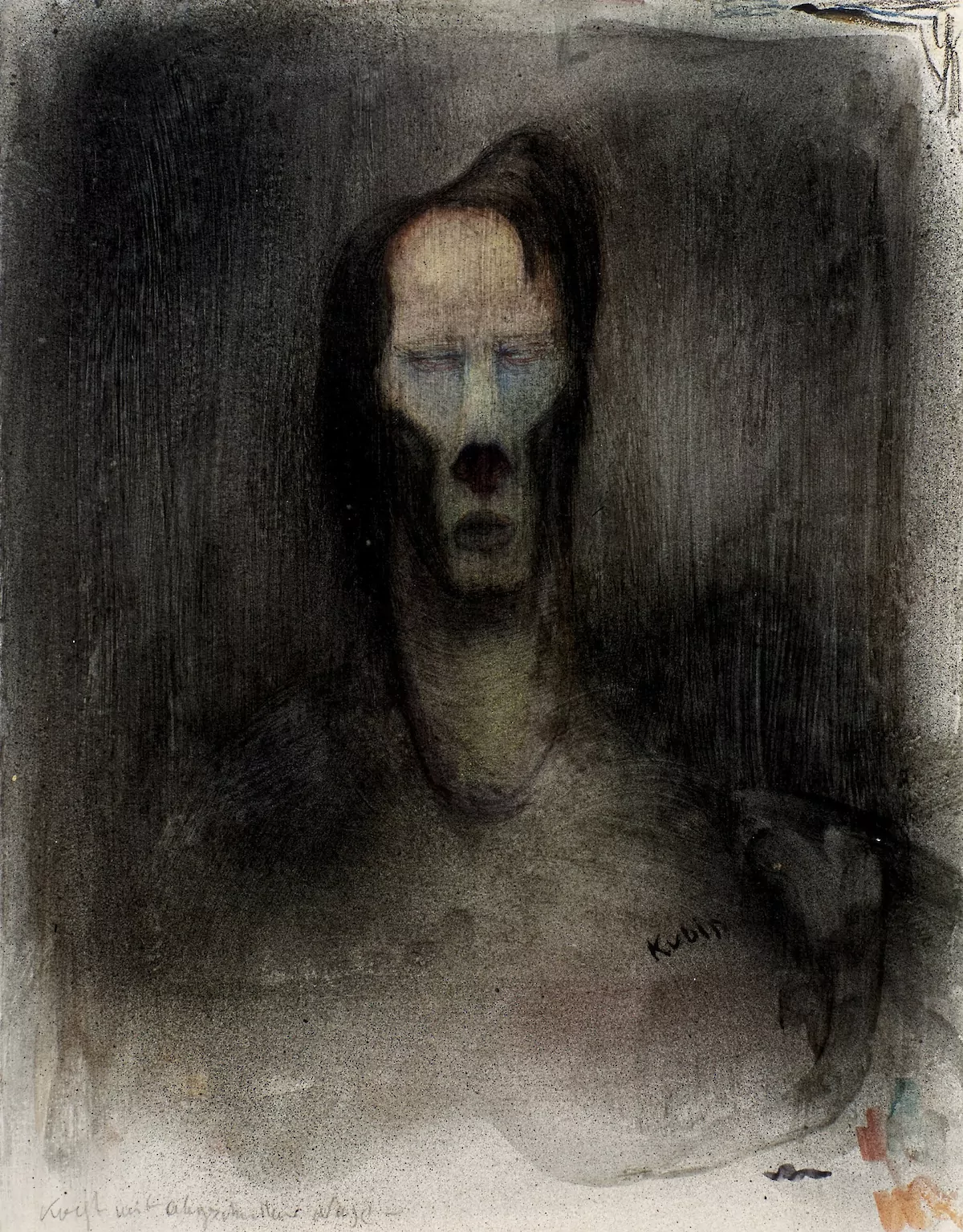
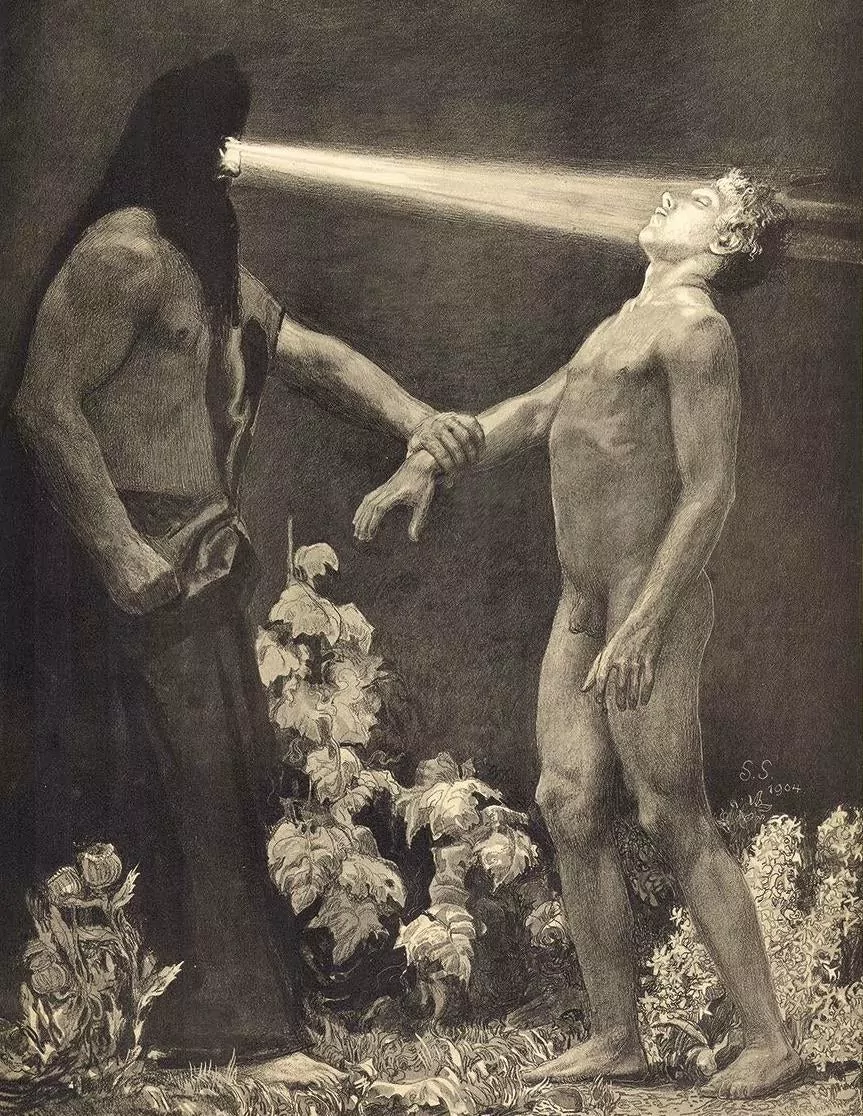
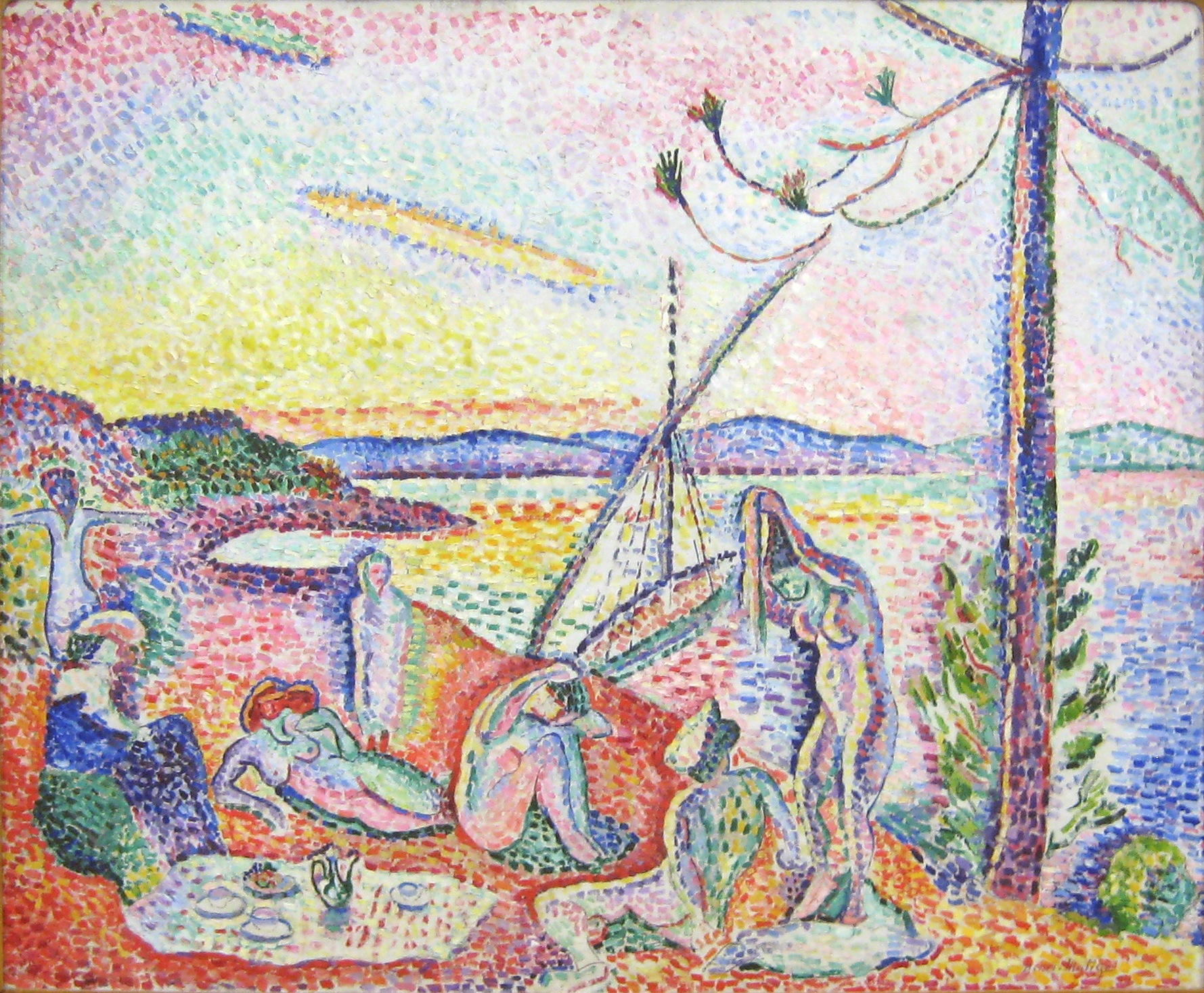
Foundational in the oeuvre of Matisse and a pivotal work in the history of art; considered the starting point of Fauvism. Painted in Saint-Tropez, to which the artist had been invited by Paul Signac; the style is influenced by Signac’s “divisionism.”
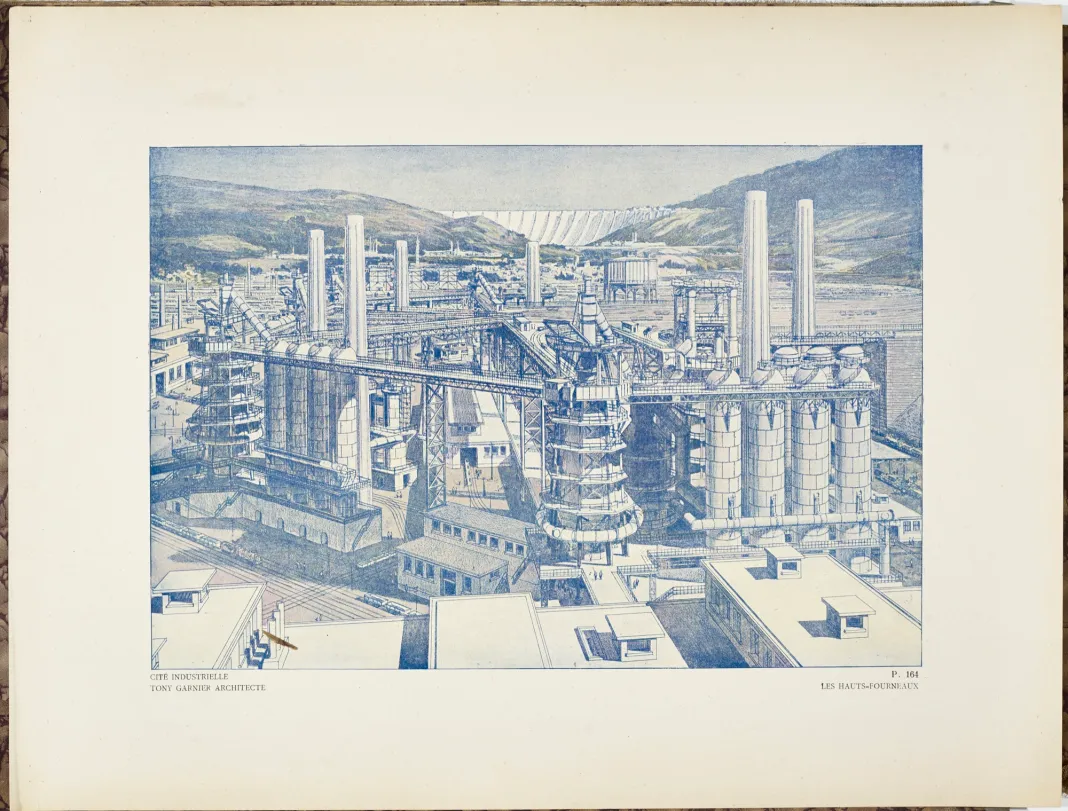
Tony Garnier’s drawings for an ideal industrial city called Une cité industrielle were initially exhibited in 1904, but only published in 1918. Une Cité Industrielle was designed as an utopian form of living.
NOTES ON WILLIAM JAMES
William James’s groundbreaking essays on “pure experience” are published in 1904–5. See: “A World of Pure Experience” (1904). Thus inaugurating what would much later be dubbed “constructive postmodernism” — which is to say, a reaction against (or evolution of) certain tendencies of modernism. James calls his evolving Weltanschauung “radical empiricism.”
He writes: “Empiricism is known as the opposite of rationalism. Rationalism tends to emphasize universals and to make wholes prior to parts in the order of logic as well as in that of being. Empiricism, on the contrary, lays the explanatory stress upon the part, the element, the individual, and treats the whole as a collection and the universal as an abstraction.” He feels that rationalism leaves lots of inconvenient bits out of the tidy models that it creates. In radical empiricism, by contrast: “Elements may indeed be redistributed, the original placing of things getting corrected, but a real place must be found for every kind of thing experienced, whether term or relation, in the final philosophic arrangement.”
For example, James did not reject science as such, but only “scientism” — according to which only the data from natural sciences are permitted a role in the construction of our worldview. (He wanted to include un-measurable data like intuition, mystical experiences, etc.) James also rejects modernism’s individualism, anthropocentrism, patriarchy, mechanization, economism, consumerism, nationalism, and militarism.
James’s (and Peirce’s, Bergson’s, and Whitehead’s) so-called constructive postmodernism challenges notions of the human self, historical meaning, and truth as correspondence — though it does not seek to abolish these altogether. These thinkers also revive certain aspects of pre-modern rationality — e.g., divine reality, cosmic meaning, enchanted nature. They reject the modern scientific notion that nature is nonanimistic and mechanistic. Their philosophy even accepts non-sensory perception — which isn’t necessarily telepathy, etc. (though they’re willing to consider telepathy).
Modern philosophy tends to insist (following Kant) that sense-data are constructed by the perceiver. Constructive postmodernists suggest that the most basic means of perception may be a nonsensory mode. A direct, unmediated (nonsensuous), unconscious “prehension” of remote (beyond our bodies) actualities happens all the time; if it becomes conscious, then we’re talking about phenomena such as clairvoyance or telepathy. Cf. James’s and Bergson’s fascination with intuition. We have experiences that are not simply culturally produced; we have a presensory, prelinguistic, preconscious apprehension of reality. These are vague intuitions, usually on the fringes of awareness.
Like Peirce and Bergson, James struggles to articulate that reality which precedes mind and matter alike. James calls it “pure experience,” and “the immediate flux of life” — “a that which is not yet any definite what, tho’ ready to be all sorts of whats…”. Compare with Peirce’s “vagues.”
NOTES ON CHARLES HOWARD HINTON
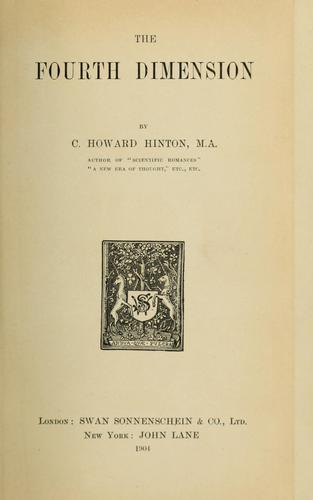
Hinton — whose The Fourth Dimension appeared in 1904 — was a British mathematician interested in higher dimensions, particularly the fourth dimension. He is known for coining the word “tesseract” and for his work on methods of visualizing the geometry of higher dimensions; his writings on higher dimensions were a key influence on P. D. Ouspensky’s thinking. Hinton’s wife, Mary Ellen, was daughter of George Boole, the founder of mathematical logic, and Mary Everest Boole, a self-taught mathematician who encouraged children to explore mathematics through playful activities such as curve stitching. Here his practical program of developing in oneself the conscious mental ability to penetrate to the fourth dimensions (which he has been publishing about since the 1880s) reaches its highest degree of elaboration. Hinton also wrote several fourth dimension-related scientific romances (published as pamphlets) from 1884–1886. Fun fact: Hinton is name-checked in Jorge Luis Borges’ 1961 story “Tlön, Uqbar, Orbis Tertius.”
See Jon Crabb’s fascinating HILOBROW post on the subject. As Crabb notes, Hinton’s book promises that when visualization of higher dimensions is achieved, his cubes can unlock hidden potential. “When the faculty is acquired — or rather when it is brought into consciousness for it exists in everyone in imperfect form — a new horizon opens. The mind acquires a development of power.” Hinton suggested that the soul itself is “a four-dimensional organism, which expresses its higher physical being in the symmetry of the body, and gives the aims and motives of human existence.” Letters submitted to mathematical journals of the time indicate more than one person found the process of visualizing the fourth dimension profoundly disturbing or dangerously addictive.
MORE RADIUM AGE SCI FI ON HILOBROW: RADIUM AGE SERIES from THE MIT PRESS: In-depth info on each book in the series; a sneak peek at what’s coming in the months ahead; the secret identity of the series’ advisory panel; and more. | RADIUM AGE: TIMELINE: Notes on proto-sf publications and related events from 1900–1935. | RADIUM AGE POETRY: Proto-sf and science-related poetry from 1900–1935. | RADIUM AGE 100: A list (now somewhat outdated) of Josh’s 100 favorite proto-sf novels from the genre’s emergent Radium Age | SISTERS OF THE RADIUM AGE: A resource compiled by Lisa Yaszek.
